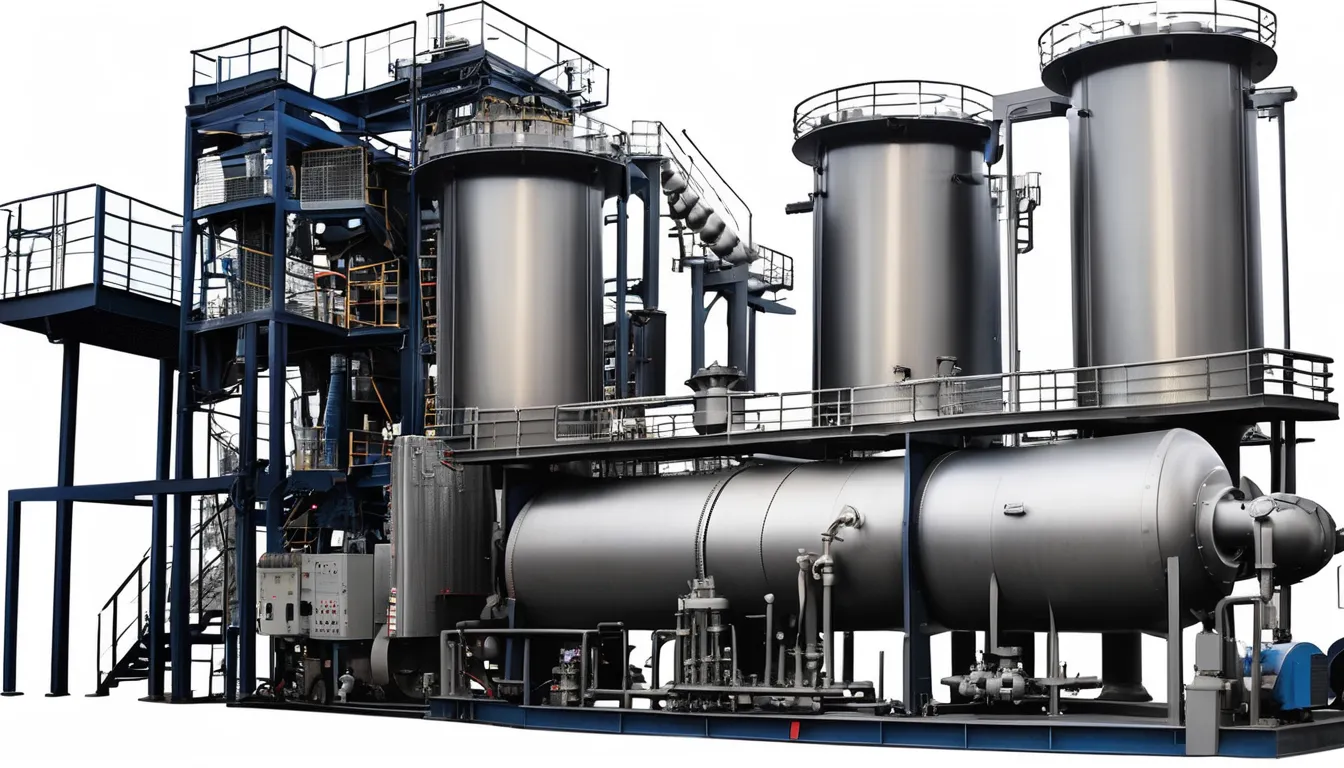
When it comes to turbo expander maintenance, you might underestimate the impact of regular upkeep on long-term performance. It’s not just about fixing problems when they arise; it’s about anticipating issues that could lead to costly downtimes. By consistently monitoring lubrication levels, inspecting for leaks, and conducting vibration analyses, you can enhance your equipment’s efficiency and lifespan. But what are the most common pitfalls you should watch for, and how can you implement best practices effectively? Let’s explore these critical aspects further.
Importance of Regular Maintenance
Regular maintenance of turbo expanders is crucial for ensuring optimal performance and longevity. You mightn’t realize it, but neglecting this maintenance can lead to decreased efficiency and costly repairs down the line. By keeping up with regular checks, you help prevent unexpected breakdowns and maintain the reliability of your system.
One key reason you should prioritize maintenance is that it directly impacts energy efficiency. A well-maintained turbo expander operates more smoothly, reducing energy consumption and lowering operational costs. Additionally, regular maintenance helps identify potential issues before they escalate into major problems, saving you time and money.
Moreover, consistent upkeep extends the lifespan of your turbo expander. When components wear out or become damaged, it can lead to premature failure. By addressing minor issues early on, you can avoid the need for expensive replacements.
Lastly, maintaining your turbo expander also ensures safety. Malfunctioning equipment can pose hazards, not just to the machinery but to personnel as well. Regular maintenance not only keeps your Turbo Expander running efficiently but also fosters a safer work environment.
Key Maintenance Procedures
Effective maintenance procedures are essential for keeping turbo expanders running smoothly. By following these key practices, you can ensure optimal performance and extend the lifespan of your equipment.
| Maintenance Procedure | Frequency |
|---|---|
| Inspect for leaks | Monthly |
| Clean filters | Quarterly |
| Check lubrication levels | Monthly |
| Monitor vibration levels | Bi-weekly |
| Test control systems | Annually |
Start by inspecting for leaks, as even minor leaks can lead to significant performance issues. Next, regularly clean and replace filters to maintain airflow and efficiency. It’s crucial to check lubrication levels monthly, ensuring all moving parts are adequately lubricated to prevent wear and tear.
Monitoring vibration levels bi-weekly helps you detect potential issues before they escalate. Additionally, testing the control systems annually ensures everything operates as intended and helps identify any electrical issues.
Common Issues and Solutions
Over time, turbo expanders can encounter various issues that may affect their performance and efficiency.
It’s crucial to identify and address these problems promptly to maintain optimal operation. Here are some common issues you might face and their solutions:
1. Vibration Problems: Excessive vibration can indicate misalignment or imbalance.
Regularly check the rotor alignment and balance to ensure smooth operation. If needed, adjust or replace components to eliminate the cause.
2. Seal Failures: Deteriorating seals can lead to leaks, reducing efficiency.
Inspect seals regularly for wear and replace them as necessary. Using high-quality materials can help prevent future seal issues.
3. Bearing Wear: Bearings can wear out over time, leading to increased friction and potential failure.
Monitor bearing temperatures and noise levels. If you notice abnormal readings, replace the bearings immediately to avoid further damage.
Performance Monitoring Techniques
Monitoring the performance of your turbo expander is essential for ensuring its efficiency and longevity. You should regularly track key performance indicators (KPIs) such as inlet and outlet pressures, temperature differentials, and rotational speed. By keeping a close eye on these metrics, you can identify any deviations from normal operating conditions that may indicate underlying issues.
Using advanced sensor technology can enhance your monitoring efforts. Pressure and temperature sensors installed at critical points will provide real-time data, allowing you to make informed decisions. Additionally, data logging systems can help you analyze trends over time, making it easier to spot potential problems before they escalate.
Don’t underestimate the importance of vibration analysis. By monitoring vibration levels, you can detect misalignments or wear in bearings, which can significantly impact performance.
Regular inspections and maintenance routines should also include visual checks for leaks and unusual sounds.
Best Practices for Longevity
To maximize the longevity of your turbo expander, you should adhere to a series of best practices that focus on maintenance and operational efficiency. Implementing these strategies will help you avoid costly repairs and downtime.
- Regular Inspections: Schedule routine inspections to identify wear and tear before they escalate. Look for signs of vibration, leakage, or unusual noises, which can indicate underlying issues.
- Optimal Operating Conditions: Ensure your turbo expander operates within its specified parameters. Avoid overloading or running it at extreme temperatures, as this can lead to premature failure.
- Lubrication Maintenance: Keep up with your lubrication schedule. Use the recommended lubricants and regularly check oil levels and quality. Proper lubrication minimizes friction and prevents overheating.
Conclusion
In conclusion, prioritizing turbo expander maintenance is vital for ensuring long-term performance and efficiency. By sticking to a proactive maintenance schedule and implementing key procedures, you can catch potential issues early and avoid costly repairs. Regularly monitoring performance and adhering to best practices will not only extend your equipment’s lifespan but also optimize energy use, ultimately saving you money. Remember, a well-maintained turbo expander is key to efficient operation and reduced downtime.
